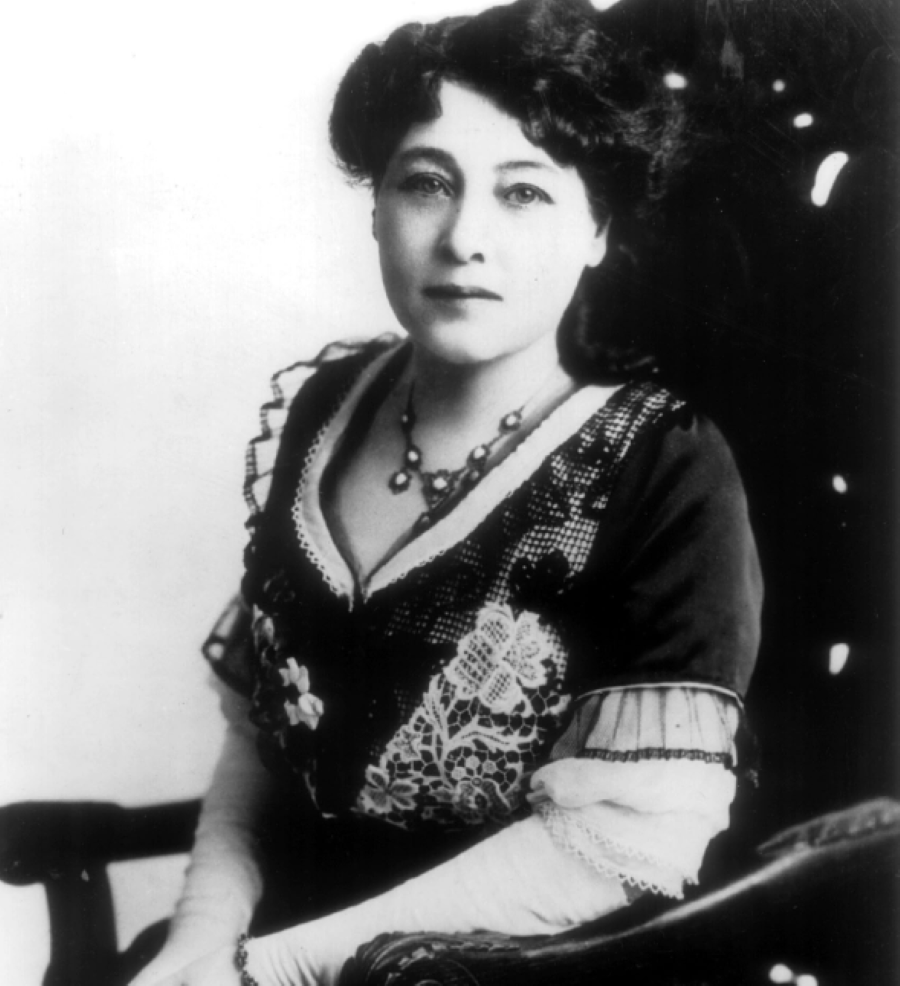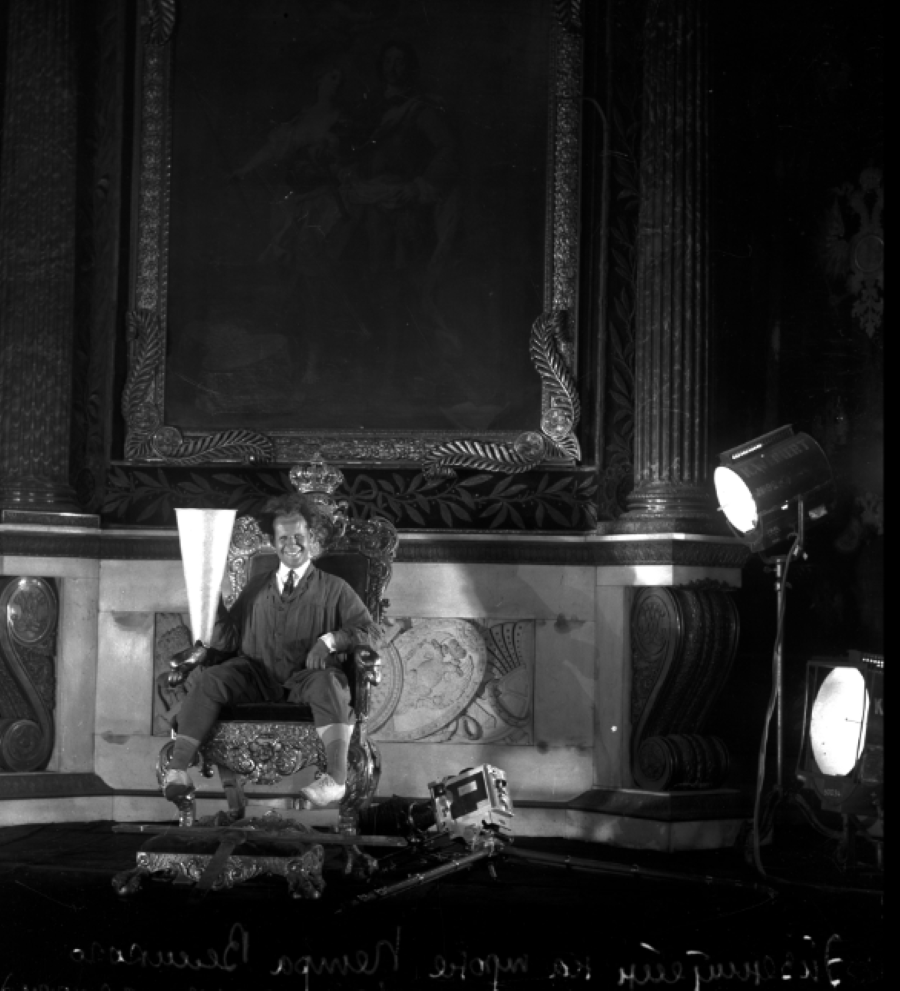
The birth of cinema: Silent movies and early innovations
Entertainment, particularly cinema, holds an indispensable place in our lives. From its humble silent beginnings to embracing the realm of digital streaming platforms, it’s constantly evolving. Here, we'll delve into the silent era to examine its profound impact on storytelling.
The film industry's origins can be traced back to around 1891 when William Kennedy Dickson and Thomas A. Edison developed a device that could combine visuals and sound from a phonograph, resulting in the invention of the Kinetoscope. A kinetoscope enabled one person to view moving images through a peephole. By 1893, the kinetoscope had its first public display with much acclaim.
In 1895, the Lumiere brothers invented a Cinématographe, which acted as a camera, projector and film printer. This enabled film to transform from simple moving images through a peephole to large projections — similar to how we view movies today.
Alice Guy Blaché: A director who revolutionised filmmaking
 Alice Guy Blaché © IMDb
Alice Guy Blaché © IMDbAlice Guy Blaché is one of the directors who changed filmmaking during the Silent era as one of the only female directors. Blanche directed, produced or supervised over 1,000 films. Her first silent film was ‘La Fée aux Choux’ (The Fairy of the Cabbages, 1896); however, it had to be remade twice, hence why you see 1900,1902 cited as dates. This is considered one of the first narrative films (a film that focuses on a fictionalised narrative). The film focuses on a pair of newlyweds walking through a field who find a cabbage patch. The husband asks his wife if she would like a baby and initially receives a cardboard one before getting a real-life baby. This was monumental as, at the time, most silent-era films focused on daily activities and newsworthy events, creating another style of film to be developed and enjoyed by audiences.
After the success of her first film, Blaché would be head of production at Gaumont Chronophone until 1906. During this time, she helped develop colour tinting and other techniques like double exposure and a Chronophone system, which synced sound to projected images. She also created Solax Studios with her husband, which was responsible for making ‘A Fool and His Money (1912)’, which Blanche would direct which was the first film with an entirely African-American cast.
Sergei Einstein: The father of montages
 Sergei Einstein © IMDb
Sergei Einstein © IMDbAnother influential filmmaker during the silent era was Sergei Eisenstein, the father of montages. His film ‘Battleship Potemkin’ (1925), a Soviet-era silent film that focuses on the mutiny of the Potemkin in 1905. The film has five different acts and utilises two different montages to elicit strong emotions from the audience. ‘The Odessa steps’, where tsarist guards massacre peasants on the steps, is one of the more famous of the two montages due to how the scenes are edited to show the soldiers' brutality and illicit horror for the audience, which was revolutionary in 1925. At the time, many Soviet filmmakers were developing the best ways to understand film through editing. Sergei Eisenstein was one of the many filmmakers contributing to Soviet montage theory at the time.
Eisenstein believed montage was the nerve of cinema and used five methods of montage in his films: metric, rhythmic, tonal, overtonal and intellectual montage. Metric montage involves shots being edited based on the number of frames, while rhythmic montages cut clips based on action/ images in the shot with the music's pacing in mind. Rhythmic montages are the most common type we see today. Tonal montages are based on the emotional tones within a clip and scene, whereas overtone montages use all the editing types above to illustrate more abstract ideas. Finally, intellectual montage is where clips are edited to create an ideological or intellectual meaning and logical or conceptual connections between elements.
‘A Trip To The Moon’ (1902) by Georges Méliès
Special effects were also being developed. One example of amazing special effects from this era is from the movie ‘A Trip To The Moon’ (1902) by Georges Méliès. ‘A Trip to The Moon’ focuses on six astronomers who travel to the moon and have to survive the perils of exploring the moon and getting back to Earth. Many special effects were utilised in ‘A Trip to The Moon’, but the substitution splice technique is the one that is talked about the most. The substitution splice technique is where the camera operator has stopped filming, and something has been removed, changed or added.
Méliès also pioneered essential special effects techniques such as forced frame perspectives, multiple exposures and time-lapse photography. He also created coloured prints of his films, and considering all films were black and white in this era, that's pretty revolutionary. Because of these effects, Méliès is considered the Grandfather of special effects. He enabled films to become much more fantastical and cinema to be a fantasy for the sake of it. His development of special effects are staples of the sci-fi and fantasy genres.
Ultimately, the Silent Era of film is the foundation of cinema and paved the way for the industry we have today. The experimentation of narrative storytelling enabled subjects to be more than newsworthy events and short snippets of daily life and to create simpler stories. It widened the genres available for the audience to watch and a director to play with.
Considering that silent films, above other eras of the industry, are the most visual, the development of special effects enabled greater risk in the mise-en-scene. It increased the versatility of what film could show and do, making conflicts and moments of danger more intense and making the film more fantastical. In short, every development in this era improved the style and genre of film and enabled it to continue worldwide success.
To delve deeper in the world of cinema as an Art de Vivre subscriber, explore the power of costume designs in cinema.
Credits for the Main photo: A Trip To The Moon (1902) by Georges Méliès. © IMDb, Collection cinematheque française.
